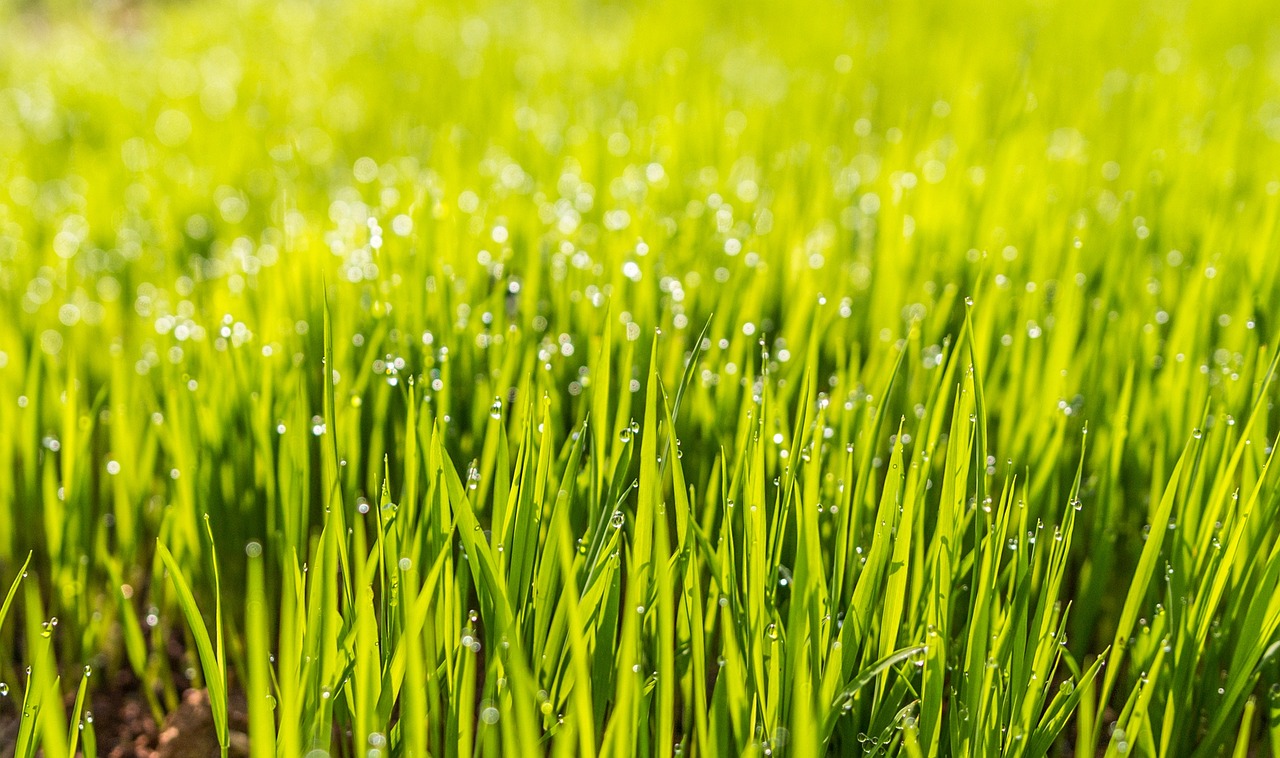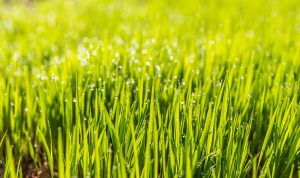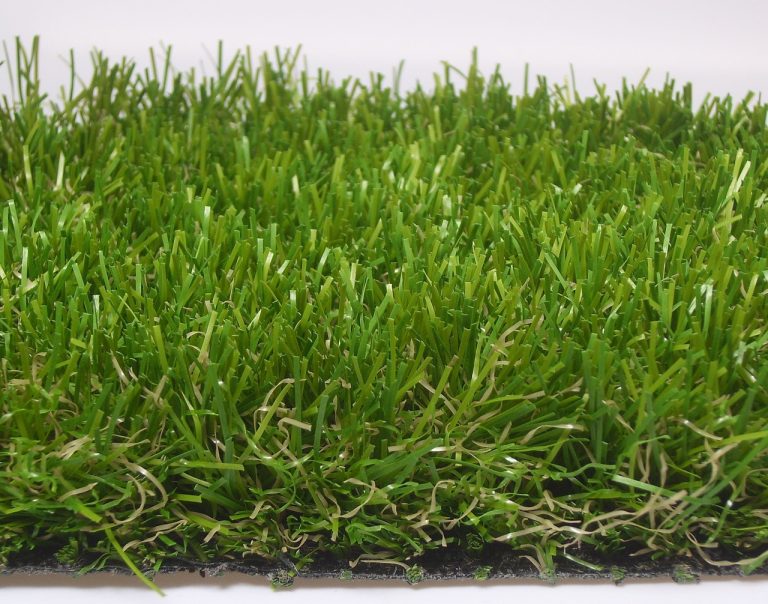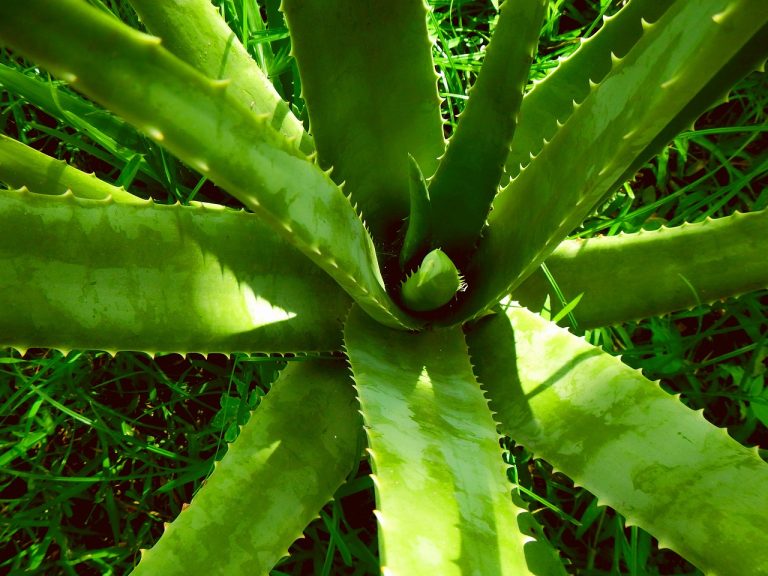WHAT IS THE BEST TIME TO WATER GRASS SEED? (5 USEFUL TIPS)
“Watering grass seed at the right time is a critical step in cultivating a lush, vibrant lawn that will be the envy of your neighborhood. It’s a process that requires a delicate balance – too little water, and your seeds won’t germinate; too much, and they may drown or become susceptible to disease.
So, what is the best time to water grass seed? In this guide, we’ll explore the optimal timing for watering your grass seed to ensure healthy growth and a stunning green carpet beneath your feet. Whether you’re starting from scratch or overseeding an existing lawn, understanding when to water is the key to success.”
WHAT IS THE BEST TIME TO WATER GRASS SEED?
The best time to water grass seed is typically in the early morning or late afternoon, when temperatures are milder, and the sun is less intense. This timing allows the soil to absorb moisture without excessive evaporation, promoting germination.
It’s essential to keep the soil consistently moist but not waterlogged, as overwatering can hinder growth. Adequate watering during the critical germination period, which usually lasts two to three weeks, encourages strong root development.
Additionally, using a sprinkler system or a soaker hose can help ensure even water distribution across the seeded area, aiding in the establishment of a vibrant, green lawn. Properly timed and managed watering is the key to success when it comes to nurturing your newly sown grass seed.
UNDERSTANDING THE SIGNIFICANCE OF TIMING
Understanding the significance of timing when watering grass seed is crucial for achieving a lush and healthy lawn. Here’s why timing matters:
SEED GERMINATION:
Timing is critical for seed germination. Grass seeds require consistent moisture to sprout and establish roots. Watering at the right time ensures that the seeds have the necessary moisture to start the germination process. If you water too early or too late, the seeds may not germinate properly.
NUTRIENT ABSORPTION:
Proper timing allows seeds to absorb nutrients effectively. When watered at the right time, seeds can take in essential nutrients from the soil, promoting healthy growth. Inadequate or excessive watering can lead to nutrient imbalances that affect the grass’s overall health.
PREVENTING SEED WASHOUT:
Watering at the right time helps prevent seed washout. If you water when the soil is too dry, the water may not penetrate properly, leading to runoff that can carry away seeds. Conversely, if you water when the soil is already saturated, it can also wash away seeds and create poor growing conditions.
FUNGAL DISEASES:
Timing can influence the development of fungal diseases. Watering in the evening or at night can create conditions conducive to fungal growth because the grass blades remain wet for an extended period. Watering in the morning allows the grass to dry during the day, reducing the risk of fungal diseases.
CONSERVATION OF RESOURCES:
Proper timing conserves water resources. Watering during the cooler parts of the day, such as early morning, reduces water loss due to evaporation. It also ensures that the grass can make the most efficient use of the water provided.
ESTABLISHMENT AND VIGOR:
Timely watering contributes to the establishment and vigor of your grass. Adequate moisture at the right time encourages root development, which is essential for the long-term health and resilience of your lawn.
EARLY MORNING :THE IDEAL TIME
Watering grass seed early in the morning, just after sunrise, is indeed an ideal time for several reasons, as you’ve mentioned:
LOWER TEMPERATURES:
Morning temperatures are typically cooler, which means that less water will be lost to evaporation. Watering in the heat of the day can lead to a significant amount of water being lost before it even reaches the grass roots.
REDUCED FUNGAL GROWTH:
Watering in the morning allows the grass seed to have the entire day to dry out. This reduces the risk of fungal growth, which can occur if the grass seed remains wet for too long. Fungal diseases can harm young grass plants, so avoiding excess moisture in the evening is crucial.
MORNING DEW:
Morning dew can contribute to keeping the soil consistently moist. It can act as a natural supplement to your watering, helping to maintain the right level of moisture for germination and growth without over-saturating the soil.
However, it’s essential to keep a few additional factors in mind:
DON’T OVERWATER:
Even in the morning, it’s crucial not to overwater. Ensure that you provide enough moisture for the grass seed to germinate but avoid creating waterlogged soil, as this can also lead to fungal issues and poor root development.
SOIL TYPE:
The ideal watering schedule can also depend on your soil type. Sandy soils may require more frequent watering, while clay soils retain moisture better. Adjust your watering accordingly.
LOCAL CLIMATE:
Consider your local climate conditions, such as rainfall patterns and humidity levels. You may need to adjust your watering schedule accordingly.
TYPES OF GRASS:
Different grass species have varying water requirements. Be sure to choose the right type of grass seed for your climate and soil, and follow recommended watering guidelines for that specific species.
AVOIDING MIDDAY WATERING:THE PITFALLS
Avoiding midday watering is indeed a good practice for maintaining a healthy garden. Here are some of the key pitfalls of midday watering:
RAPID EVAPORATION:
During midday, the sun’s intensity causes water to evaporate quickly from the soil surface. This means that a significant portion of the water you apply may not have the chance to penetrate the soil and reach the plant’s roots. As a result, your plants may not receive the moisture they need to thrive.
INEFFICIENT WATERING:
Watering during the hottest part of the day can be wasteful because the water may not effectively reach the root zone. You might end up using more water than necessary to compensate for the evaporation, leading to higher water bills and potential water shortages in dry regions.
RISK OF SCORCHING:
As mentioned, water droplets on plant leaves can act like magnifying glasses under intense sunlight. This can lead to the scorching of tender seedlings or the development of water spots on the foliage, which can hinder photosynthesis and overall plant health.
FUNGAL ISSUES:
Wet foliage during the heat of the day can create a favorable environment for fungal diseases to develop. Fungal spores thrive in humid conditions, and midday watering can contribute to the humidity around your plants, increasing the risk of fungal infections.
To avoid these pitfalls, it’s generally recommended to water your garden during the cooler parts of the day, such as early morning or late afternoon. This allows the water to soak into the soil more effectively, reducing water wastage and promoting healthier plant growth. Additionally, using a drip irrigation system or a soaker hose at the base of the plants can help deliver water directly to the root zone, minimizing water contact with the foliage.
Remember that different plants have varying water requirements, so it’s essential to understand the specific needs of your garden and adjust your watering schedule accordingly. Proper watering practices are crucial for maintaining a thriving and disease-free garden.
LATE AFTERNOON AND EARLY EVENING:A COMPROMISE
Late afternoon and early evening can indeed be a compromise for watering grass seed when morning watering isn’t an option. However, as you correctly pointed out, there are some considerations to keep in mind to ensure the health of your grass:
AVOID WATERING TOO LATE:
Watering too close to nightfall can leave the grass blades damp for an extended period, increasing the risk of fungal diseases. It’s best to aim for watering at least a couple of hours before sunset.
ALLOW FOR DRYING TIME:
Ensure that your lawn has enough time to dry before nightfall. This drying time can vary depending on local climate conditions and the type of grass you’re growing. In humid areas, it might take longer for the grass to dry.
ADJUST WATERING FREQUENCY:
Depending on weather conditions, you may need to adjust your watering frequency during late afternoon or early evening. If it’s been rainy or very humid, you might want to skip watering for the day to avoid oversaturation.
USE PROPER WATERING TECHNIQUES:
When watering in the late afternoon or early evening, aim to water deeply and infrequently rather than lightly and frequently. This encourages the grass to develop deep roots and become more drought-resistant.
MONITOR FOR FUNGAL ISSUES:
Keep an eye on your lawn for any signs of fungal diseases, such as brown patches or moldy growth. If you notice these issues, you may need to adjust your watering schedule or consider using fungicides.
CONSIDER LAWN TYPE:
Different types of grass may have varying water requirements and susceptibility to fungal diseases. Research the specific needs of the grass variety you’re planting to make informed decisions.
ADJUSTING FOR WEATHER AND SOIL CONDITIONS
Absolutely, adjusting your watering schedule based on weather and soil conditions is essential for maintaining healthy plants and conserving water. Here are some additional tips and considerations:
WEATHER CONDITIONS:
HOT, DRY WEATHER:
During periods of high temperatures and low humidity, plants lose moisture more quickly through transpiration. You’ll likely need to water more frequently in such conditions. Consider watering in the early morning or late afternoon to minimize water loss through evaporation.
COOLER, WETTER WEATHER:
In cooler and wetter weather, plants may not require as much water. Monitor the weather forecast and skip watering if rainfall is expected. Be cautious not to overwater, as waterlogged soil can harm plant roots.
SOIL TYPE:
Different soil types retain water differently. Sandy soils drain quickly, while clay soils hold onto water for longer. Adjust your watering frequency accordingly.
Consider using mulch around your plants to help retain soil moisture, reduce evaporation, and regulate soil temperature.
SOIL MOISTURE TESTING:
Regularly check the soil moisture by inserting your finger into the soil up to the second knuckle. If it feels dry at that depth, it’s time to water. If it still feels moist, you can wait a bit longer.
You can also use a soil moisture meter or sensor to get more precise readings.
WATERING TECHNIQUES:
Use a soaker hose or drip irrigation system to water deeply and evenly. This encourages deeper root growth, making plants more resilient to drought.
Avoid overhead watering during sunny, hot weather, as it can lead to water loss through evaporation and increase the risk of fungal diseases.
PLANT NEEDS:
Different plants have varying water requirements. Research the specific needs of your plants and group them together based on their water needs.
Newly planted or transplanted trees and shrubs often need more frequent watering until they establish strong root systems.
COLLECT RAINWATER:
Consider installing rain barrels to collect rainwater for garden use during wetter periods. This is an eco-friendly way to supplement your watering needs.
USE SMART IRRIGATION TECHNOLOGY:
Invest in smart irrigation systems that can adjust watering schedules based on real-time weather data and soil moisture levels.
KEEP RECORDS:
Maintain a gardening journal or use a gardening app to record your watering schedule and observations. This can help you fine-tune your watering practices over time.
Frequently Asked Questions (FAQ) About: What’s the Best Time to Water Grass Seed?
When should I water grass seed after planting?
It’s crucial to water grass seed immediately after planting. Watering within the first few hours is ideal to ensure proper seed-soil contact and germination.
What is the best time of day to water grass seed?
The best time to water grass seed is early in the morning, between 6 AM and 10 AM. This allows the grass to absorb moisture before the heat of the day, reducing the risk of evaporation.
Can I water grass seed in the afternoon or evening?
While it’s not ideal, you can water grass seed in the afternoon or early evening if morning watering isn’t possible. However, be cautious about prolonged moisture overnight, as it can lead to fungal issues.
How often should I water newly planted grass seed?
Watering frequency depends on weather conditions and soil type. In general, keep the soil consistently moist but not waterlogged. You may need to water daily or even multiple times a day during hot, dry spells.
Should I use a sprinkler or a hose when watering grass seed?
Either a sprinkler or a hose can be used to water grass seed. The key is to provide even coverage and avoid excessive force, which could dislodge the seeds.
Is it necessary to water grass seed during rainfall?
If there’s light rain, you may not need to water your grass seed immediately. However, during heavy rainfall, the soil can become compacted, so you might still need to water lightly to ensure adequate moisture penetration.
Can I water grass seed too much?
Yes, overwatering grass seed can be harmful. It may lead to poor root development, fungal diseases, or seed washout. Always aim for consistent moisture, not soggy soil.
How long should I continue watering after grass seed has germinated?
Continue watering until the new grass reaches a mowing height of about 3 inches. This typically takes 4-6 weeks, but it can vary depending on the grass type and environmental conditions.
Can I use a soaker hose for watering grass seed?
Yes, a soaker hose is an effective way to water grass seed. It provides gentle, even moisture distribution, which is beneficial for seed germination.
What’s the risk of under watering grass seed?
Underwatering can result in poor germination or stunted growth. It’s important to monitor soil moisture and adjust your watering schedule accordingly to prevent this issue.
Can I use a water timer to automate grass seed watering?
Yes, a water timer can be a convenient tool to ensure consistent watering. Set it to water during the recommended times and adjust as needed based on weather conditions.
Are there any specific watering tips for different grass types?
Yes, different grass types may have varying water requirements. It’s essential to research and follow the specific watering guidelines for the type of grass you are planting to achieve optimal results.
CONCLUSION
Determining the best time to water grass seed is a critical factor in achieving a lush and healthy lawn. Timing is everything when it comes to nurturing new grass growth, and understanding the unique needs of your climate, grass type, and soil conditions is essential. Whether you opt for early morning or late afternoon watering, the key is to ensure consistent moisture without overwatering, allowing the seeds to establish strong roots and flourish.
Ultimately, by following these guidelines and staying attuned to your specific lawn’s requirements, you can pave the way for a vibrant and resilient grassy landscape that will be the envy of your neighborhood.








